
Peace and Love!
“Peace and Love, Peace and Love” Fans everywhere are familiar with Ringo’s…
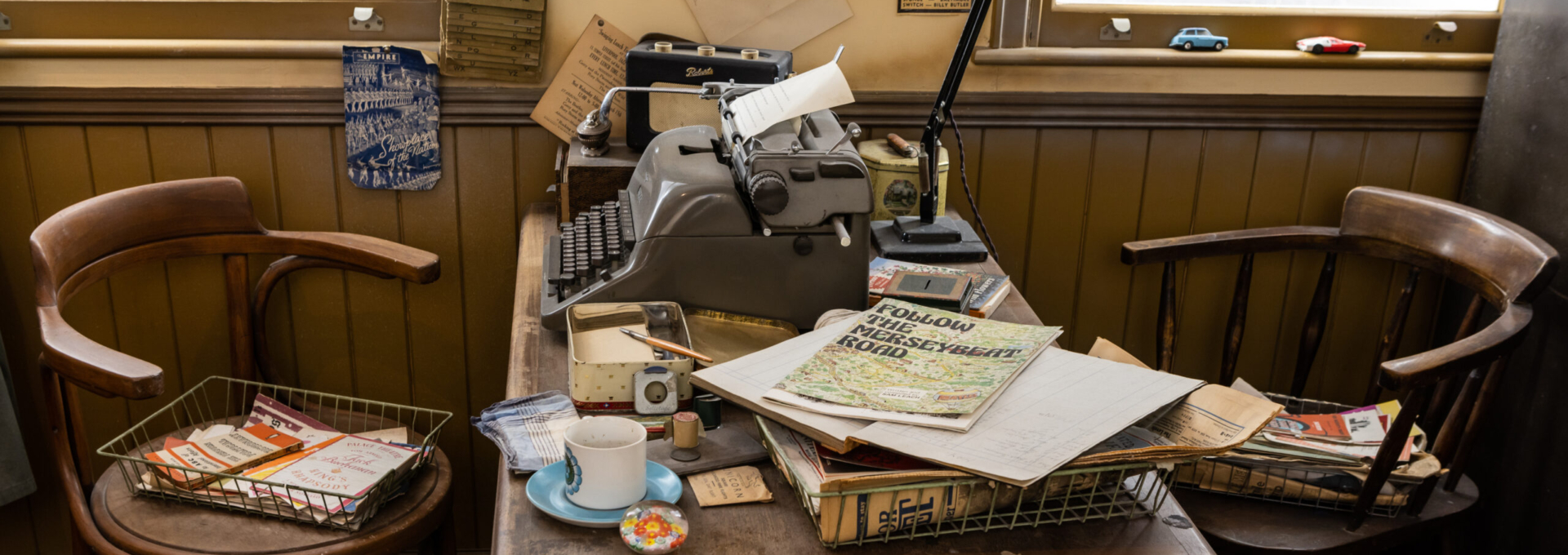
Keep up to date or learn something new by delving into our latest news updates, articles and blogs.
FEATURED: John Lennon’s UFO Sighting
Peace and Love!
“Peace and Love, Peace and Love” Fans everywhere are familiar with Ringo’s…
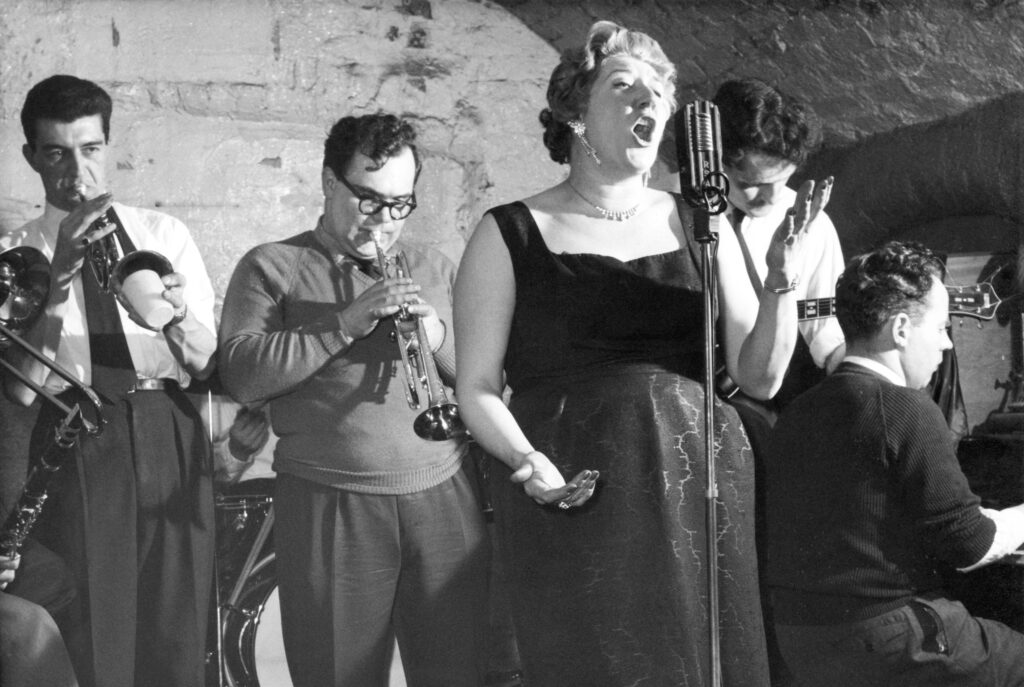
The Beatles and Their Jazz Roots
International Jazz Day We often hear about the rock ‘n’ roll heroes…
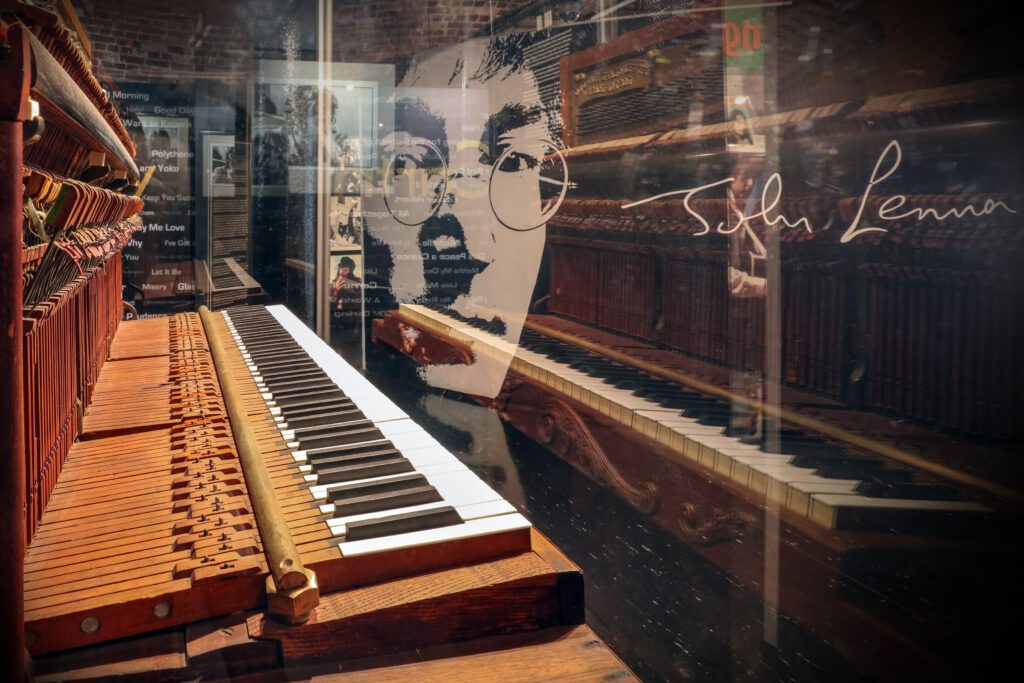
The Story of John Lennon's Last Piano
John Lennon’s last piano, which was previously based in New York City’s…
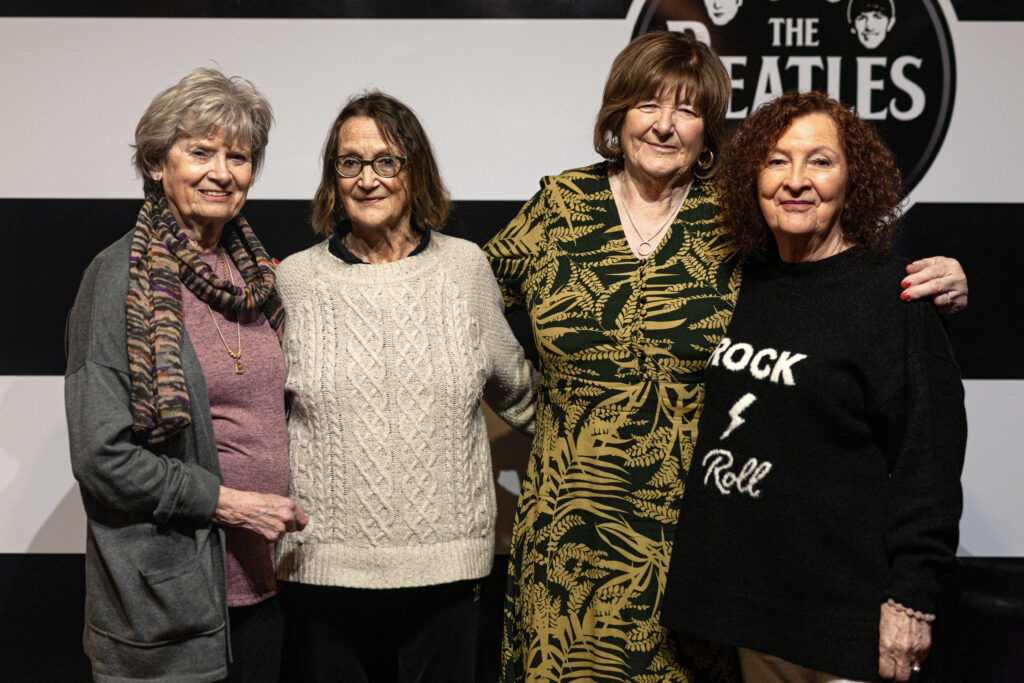
The International Women's Day Collection
To celebrate the achievements of some incredible women we’ve grouped together stories…
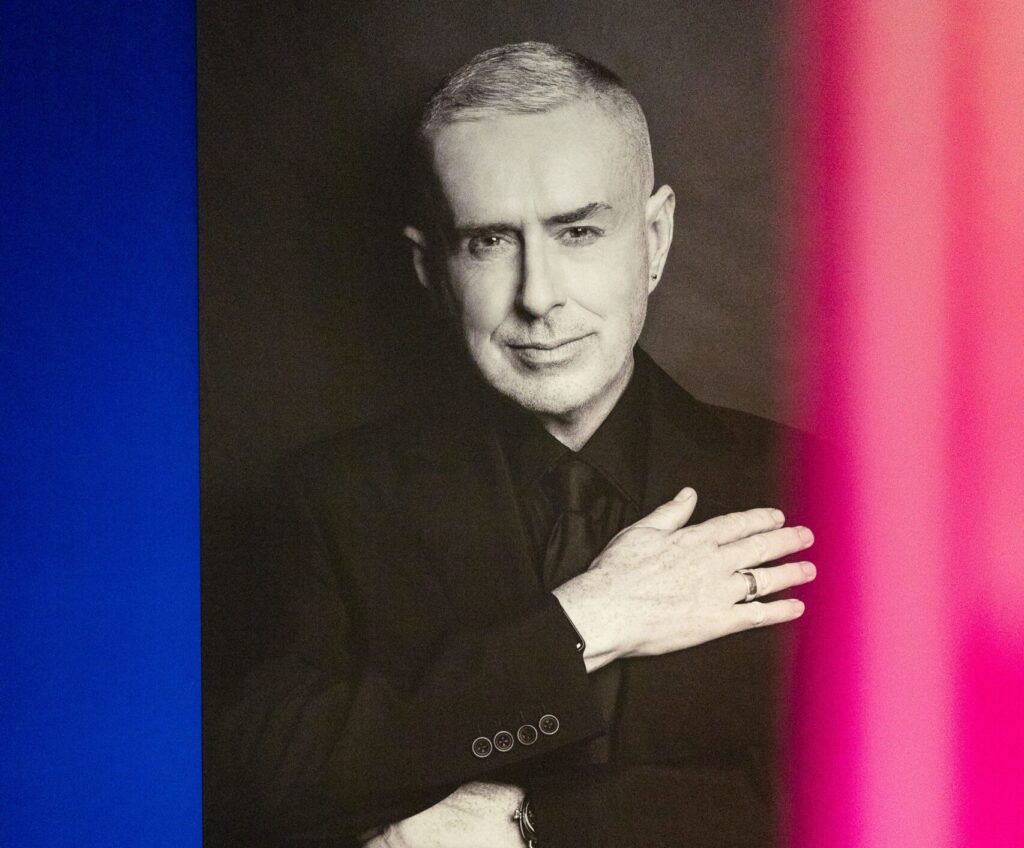
Holly Johnson: A Liverpool Icon
Any Beatles fan knows that Mathew Street, Liverpool, is a site of…
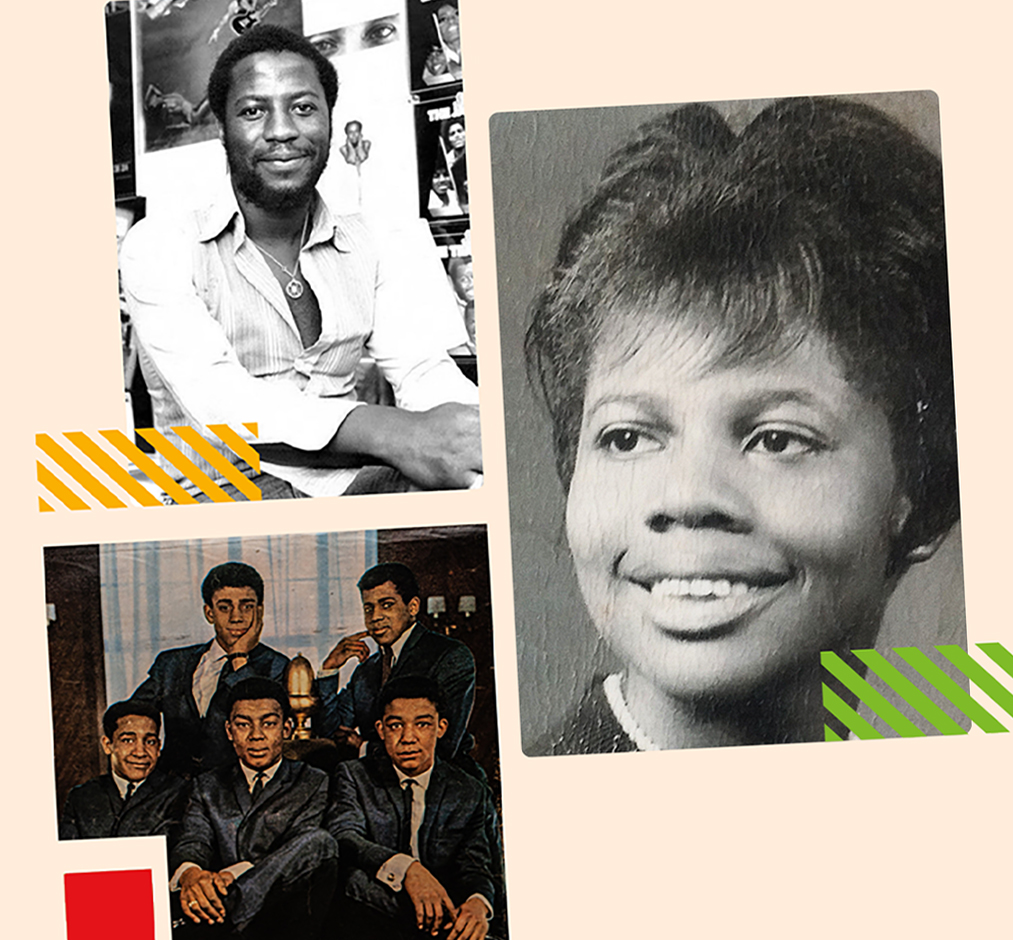
The Black History Month Collection
Black History Month is celebrated every October in the UK and is…
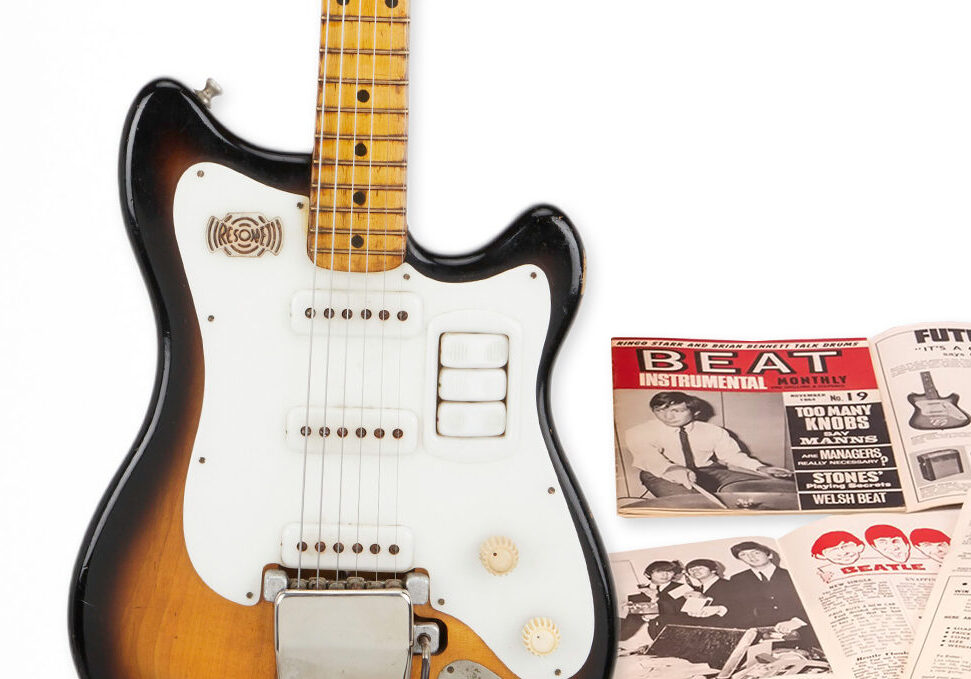
The History of George's Futurama
For a limited time only from 3rd – 23rd October 2024, George…
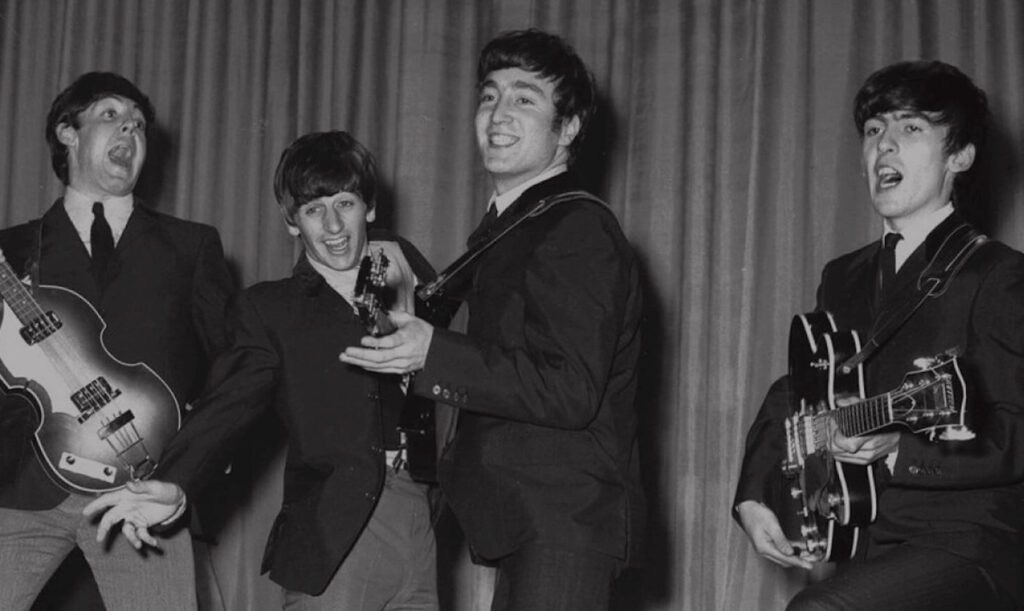
How did The Beatles get their name?
You Know The Name: The Fascinating Story of How The Beatles Got…
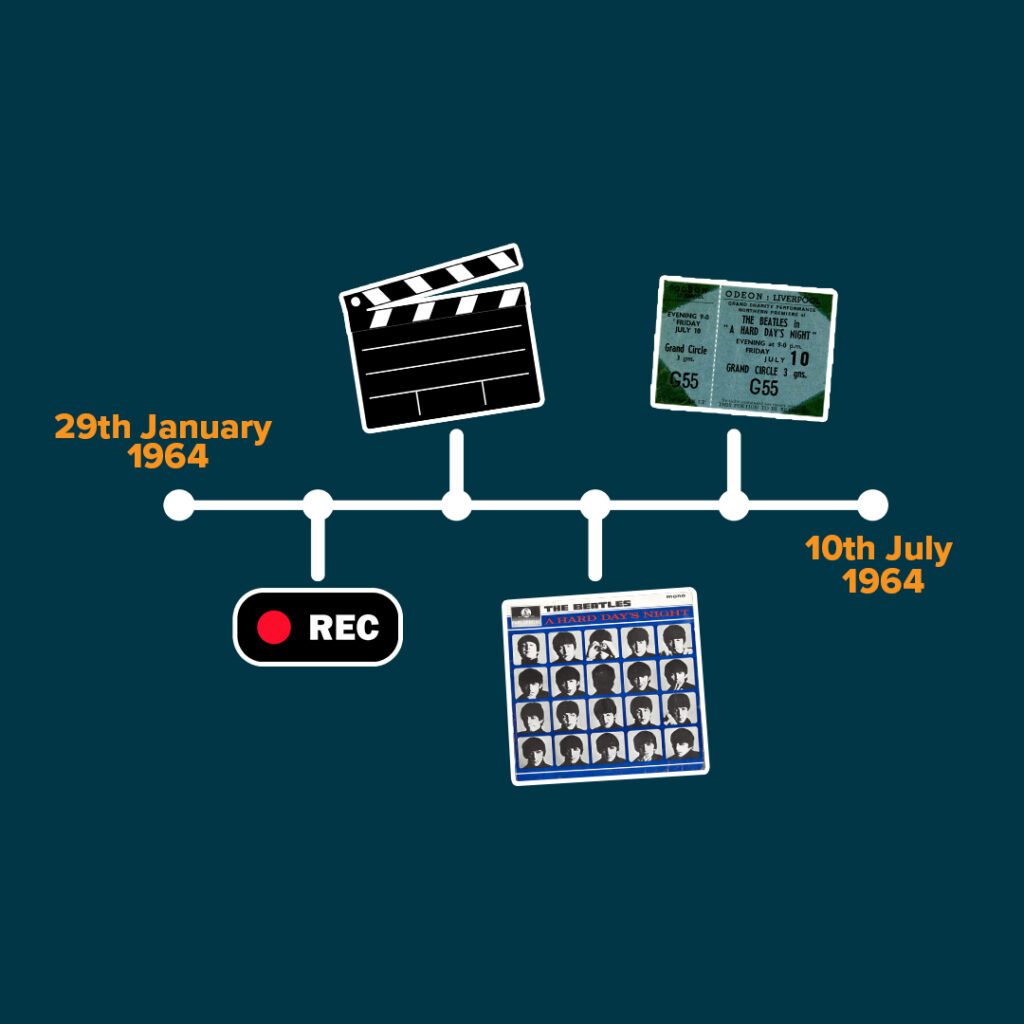
The Timeline of 'A Hard Day's Night'
1964 was a huge year in Beatles history. The Fab Four were…